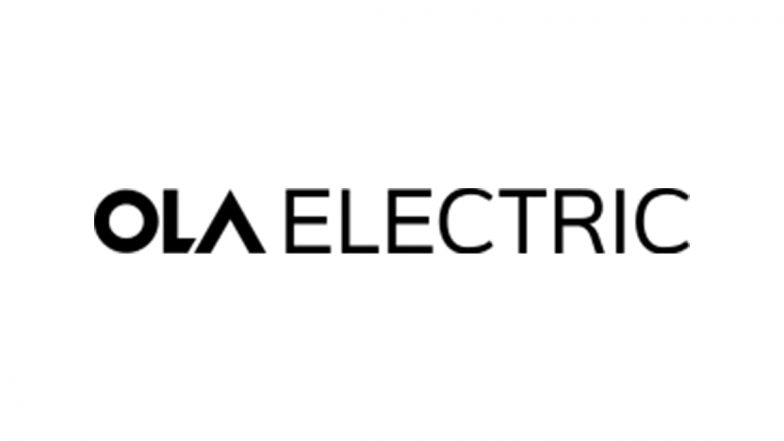Approval of Eli Lilly’s experimental Alzheimer’s disease drug donanemab would help drive sales of Eisai and Biogen’s rival medicine Leqembi, analysts wrote after a Food and Drug Administration panel on Monday supported clearance of donanemab.
“A rising tide lifts all boats, in our view,” wrote Myles Minter, an analyst at William Blair, in a client note. Donanemab works similarly to Leqembi by eliminating from the brain a toxic protein called amyloid that scientists see as linked to Alzheimer’s progression.
Leqembi’s adoption since its U.S. approval last year has been slow, however. While more than one million people are estimated to be eligible for amyloid-blocking drugs, Leqembi recorded only $19 million in sales over the first quarter.
There’s ongoing debate around which drug, Leqembi or donanemab, would hold an advantage on the market. The former seems slightly safer, while the latter has more convenient dosing.
Leqembi’s “clear safety advantage is a huge deal for risk-averse neurologists,” Stifel analyst Paul Matteis wrote in a note to clients ahead of Monday’s FDA meeting. At that meeting, expert FDA advisers voted 11-0 that donanemab’s benefits outweigh its risks, positioning the drug to likely secure an approval from the agency soon.
But some analysts also argue the two products could, paradoxically, help each other. Lilly using its “marketing muscle to educate and further establish delivery infrastructure should benefit” Biogen and Leqembi, according to Brian Abrahams of RBC Capital Markets.
Leqembi and donanemab are the products of decades of work and billions of dollars of research investment into the hypothesis that blocking or removing amyloid deposits can slow the cognitive and functional decline caused by Alzheimer’s. That track record includes the high-profile failures of four major amyloid-blocking drugs, as well as the launch, controversy and subsequent withdrawal of Biogen’s Aduhelm.
Leqembi’s arrival was seen as a development that would usher in widespread use, but Eisai and Biogen have faced resistance from insurers. Most notably, the Medicare program for the elderly didn’t authorize coverage until the FDA converted its initial conditional authorization for the drug into a full standard approval.
An approval of donanemab could “accelerate the uptake of this class by helping build the commercial infrastructure” the drugs require, Leerink Partners analyst Marc Goodman wrote in a Monday note.
Having two available medicines will also raise awareness among physicians and patients, which should help build demand, according to Jefferies analyst Michael Yee.
Which drug is preferred will depend on how doctors, patients and insurers balance the risk of adverse events — primarily a type of brain swelling called ARIA that’s linked to the removal of amyloid from brain tissue — against the dosing advantage of donanemab.
Donanemab requires infusions once every four weeks versus Leqembi’s once every two weeks, and was effective enough in removing amyloid that people could stop taking it on average after 47 weeks in Lilly’s main clinical trial.
The increased ARIA risk will likely require more frequent magnetic resonance imaging tests for donanemab patients to detect signs of the side effect, increasing costs and treatment burden for patients.
On the other hand, donanemab’s less frequent and limited-time dosing could work in the opposite direction. The Institute for Clinical and Economic Review, an influential nonprofit, had estimated in a draft review that donanemab would cost less than Leqembi on a per life year gained basis if both drugs were priced at parity. (The organization later withdrew that evaluation after the FDA turned back an earlier Lilly application for approval.)
Donanemab “will elevate and help build” the market for amyloid-blocking drugs, according to Stifel analyst Matteis. But he doesn’t think the two drugs will take market share from each other. “We think much lower ARIA and less frequent dosing balance out, with place for both,” Matteis wrote.
Jacob Bell contributed writing.











